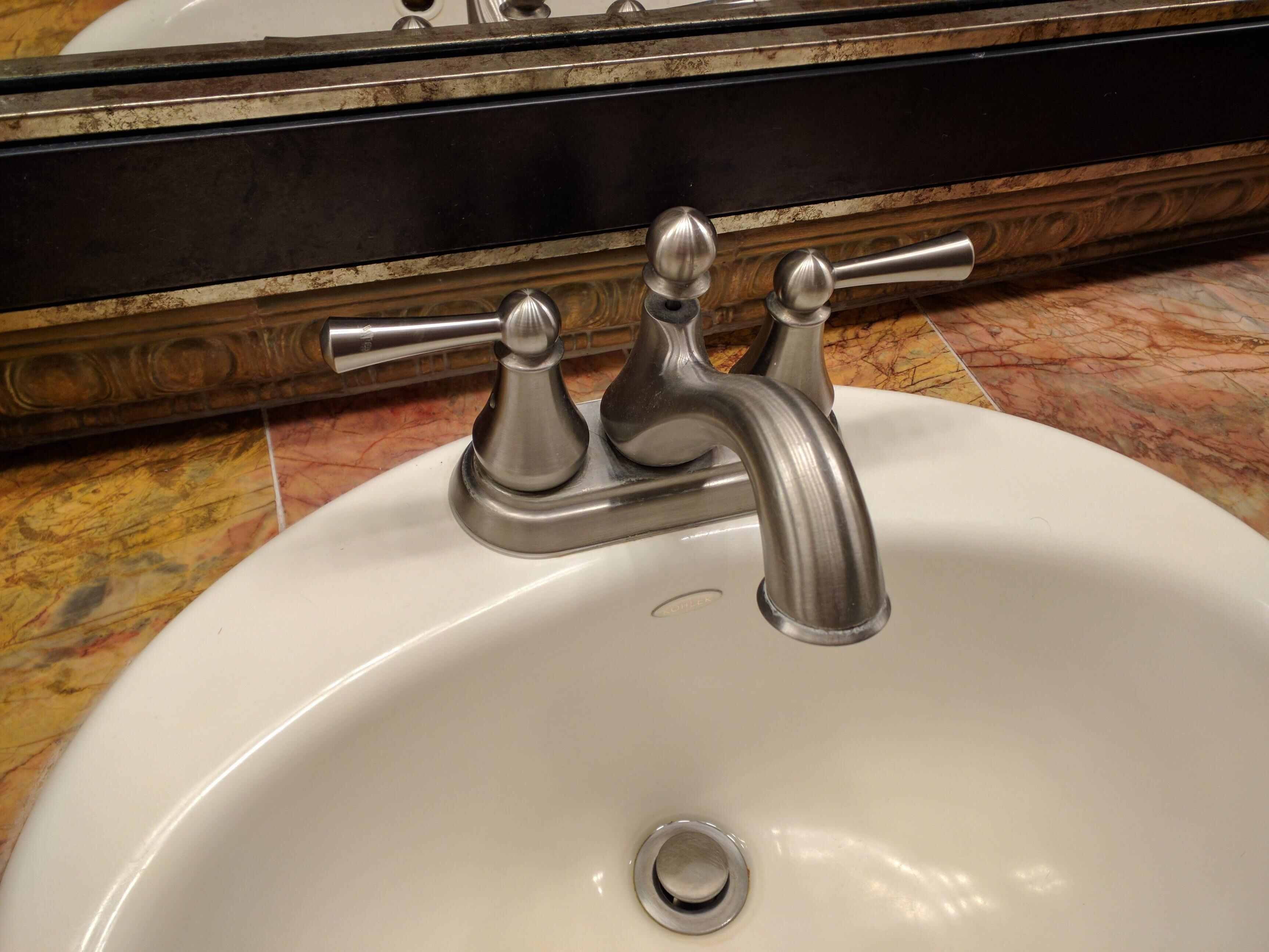

Articles
How To Remove Aerator From Delta Faucet
Modified: May 6, 2024
Learn how to easily remove the aerator from your Delta faucet by following these step-by-step instructions. Find more helpful articles on various topics.
(Many of the links in this article redirect to a specific reviewed product. Your purchase of these products through affiliate links helps to generate commission for Storables.com, at no extra cost. Learn more)
Introduction
If you’re experiencing low water pressure or want to clean the aerator in your Delta faucet, you’ll need to remove the aerator. The aerator is a small device located at the end of the faucet spout that controls the flow and prevents splashing. Over time, mineral deposits and debris can build up, affecting water flow and quality. Removing the aerator allows you to clean or replace it, restoring optimal water flow and maintaining the faucet’s performance.
In this article, we’ll guide you through the step-by-step process of removing the aerator from a Delta faucet. Whether you’re a DIY enthusiast or a homeowner looking to tackle a small plumbing issue, this guide will provide you with the knowledge and tools to successfully complete the task.
Before we dive into the steps, let’s quickly go over the tools you’ll need for this project:
Read more: How To Remove Aerator From Pull Down Faucet
Tools Required:
- Adjustable wrench or pliers
- Scratch-resistant cloth or rag
- Teflon tape (optional)
With these tools readily available, you’ll be well-prepared to remove the aerator from your Delta faucet efficiently.
Key Takeaways:
- Easily improve water flow and maintain your Delta faucet’s performance by following simple steps to remove, clean, and reinstall the aerator. Regular maintenance ensures optimal functionality and prevents mineral buildup.
- With basic tools and careful steps, you can confidently remove the aerator, clean away mineral deposits, and reinstall it to keep your Delta faucet running smoothly for years to come. Regular maintenance is key to optimal water flow.
Step 1: Gather the necessary tools
Before you begin removing the aerator from your Delta faucet, it’s essential to gather all the necessary tools. Having the right tools at hand will ensure a smooth and hassle-free process. Here’s a list of tools you’ll need:
- Adjustable wrench or pliers: You’ll need an adjustable wrench or pliers to provide the necessary leverage and grip to loosen and remove the aerator. Ensure that the size of the wrench or pliers matches the aerator’s size for a proper fit.
- Scratch-resistant cloth or rag: Having a scratch-resistant cloth or rag on hand will help protect the faucet’s finish from getting scratched or damaged during the removal process.
- Teflon tape (optional): Teflon tape can be used to seal and prevent leaks when reinstalling the aerator. While it’s not essential, it can be helpful to have some on hand.
Once you have gathered these tools, you’re ready to move on to the next step of removing the aerator from your Delta faucet.
Step 2: Shut off the water supply
Before you begin working on the aerator, it’s crucial to shut off the water supply to the faucet. This step will prevent any water from flowing while you’re removing the aerator, ensuring a mess-free and efficient process.
Follow these steps to shut off the water supply:
- Locate the shut-off valves: Look under the sink or behind the wall and find the shut-off valves that control the water flow to the faucet. They are typically small valves with handles.
- Turn off the hot water supply: Turn the handle of the hot water shut-off valve clockwise (right) until it is fully closed. You may need to use a wrench or pliers if the valve is difficult to turn.
- Turn off the cold water supply: Repeat the same process for the cold water shut-off valve, turning the handle clockwise until it is completely closed.
By shutting off the water supply, you’re ensuring that no water will flow from the faucet when you remove the aerator. This step is crucial to avoid any accidental spills or water damage.
Once you have shut off the water supply, you can proceed with the next step of identifying the type of aerator on your Delta faucet.
Step 3: Identify the type of aerator
Before you can remove the aerator from your Delta faucet, it’s important to identify the type of aerator you are working with. Delta faucets commonly have one of two types of aerators: regular or cache aerators.
Regular aerators have a visible outer ring that can be easily unscrewed using an adjustable wrench or pliers. Cache aerators, on the other hand, have a hidden aerator with a unique design that requires a special tool for removal.
To identify the type of aerator on your Delta faucet, follow these steps:
- Examine the aerator: Look closely at the end of the faucet spout. If you see a visible outer ring or cap with a series of notches or ridges, you have a regular aerator. This means you can proceed to the next step of removing it with an adjustable wrench or pliers.
- If there is no visible outer ring or cap, you likely have a cache aerator. In this case, you will need to purchase a cache aerator removal tool specific to Delta faucets to proceed with the removal process.
Identifying the type of aerator will determine the next course of action. If you have a regular aerator, you can move on to step 4. However, if you have a cache aerator, you’ll need to acquire the appropriate removal tool before proceeding further.
Once you have identified the type of aerator on your Delta faucet, you’re ready to move on to the next step of removing it from the faucet.
Read also: 11 Amazing Delta Faucet Aerator for 2024
Step 4: Remove the aerator using a wrench
Now that you have identified the type of aerator on your Delta faucet, it’s time to remove it using an adjustable wrench or pliers. This step is applicable if you have a regular aerator with a visible outer ring or cap.
Follow these steps to remove the aerator:
- Use a cloth or rag: Before using the wrench, wrap a cloth or rag around the visible outer ring or cap of the aerator. This will provide a protective barrier and prevent any scratches or damage to the faucet’s surface.
- Grip the aerator: Firmly grip the cloth or rag-wrapped aerator with your hand.
- Turn counterclockwise: Using an adjustable wrench or pliers, turn the aerator counterclockwise (left) to loosen it. Apply gentle and steady pressure to avoid damaging the aerator or faucet.
- Continue turning until the aerator is completely unscrewed: Keep turning the aerator until it is completely unscrewed from the faucet spout. You should be able to remove it by hand once it is loose enough.
With these steps, you should be able to successfully remove the aerator from your Delta faucet using a wrench or pliers. Proceed to the next step to learn how to clean the aerator.
Use a pair of pliers to grip the aerator firmly and twist it counterclockwise to remove it from the Delta faucet. If it’s stuck, try using a little bit of WD-40 to loosen it.
Step 5: Clean the aerator
Now that you have successfully removed the aerator from your Delta faucet, it’s time to clean it. Over time, mineral deposits and debris can accumulate in the aerator, affecting water flow and quality. Cleaning the aerator will help restore its functionality and ensure an optimal water flow.
Follow these steps to clean the aerator:
- Inspect the aerator: Take a close look at the aerator to assess the buildup of mineral deposits or debris. If the debris is minimal, you can clean the aerator with a toothbrush. If there is significant buildup, you may need to soak the aerator in a vinegar solution to loosen the deposits.
- Clean with a toothbrush: If the buildup is minor, use a toothbrush to scrub the aerator gently. Pay attention to the small holes and crevices to ensure thorough cleaning. Rinse the aerator under running water to remove any loosened debris.
- Soak in vinegar solution (if necessary): If the mineral deposits are stubborn and cannot be removed with a toothbrush alone, prepare a vinegar solution by mixing equal parts vinegar and water in a bowl or container. Submerge the aerator in the solution and let it soak for about 30 minutes to loosen the buildup.
- Scrub with toothbrush (if soaking): After soaking, use a toothbrush to scrub the aerator again, paying close attention to the affected areas. Rinse the aerator thoroughly under running water to remove any remaining debris or vinegar solution.
- Dry the aerator: Once the aerator is clean, use a clean cloth or allow it to air dry completely before proceeding to the next step.
Cleaning the aerator will remove any accumulated debris and mineral deposits, allowing for improved water flow and maintaining the faucet’s performance. Once you have cleaned the aerator, you’re ready to reinstall it in the next step.
Step 6: Reinstall the aerator
Now that you have cleaned the aerator, it’s time to reinstall it back onto your Delta faucet. Follow these steps to properly reinstall the aerator:
- Inspect the aerator threads: Before reinstalling, check the threads of both the aerator and the faucet spout for any damage or debris. Clean them if necessary to ensure a smooth installation.
- Apply Teflon tape (optional): If desired, you can apply a few wraps of Teflon tape on the aerator threads. This tape helps create a tighter seal and prevents potential leaks.
- Align the aerator: Align the aerator with the faucet spout, making sure the threads match up.
- Hand-tighten the aerator: Begin by hand-tightening the aerator onto the faucet spout. Turn it clockwise (right) until it feels snug and secure.
- Use a cloth or rag for extra grip: To ensure a tight seal, use a cloth or rag to grip the aerator while giving it an additional twist with gentle pressure. Be careful not to overtighten, as it can damage the aerator or the faucet spout.
With these steps, you should have successfully reinstalled the aerator onto your Delta faucet. Ensure that it is securely in place but not excessively tight. The aerator should sit flush with the end of the faucet spout.
Next, you can move on to the final step of turning on the water supply.
Step 7: Turn on the water supply
With the aerator successfully reinstalled onto your Delta faucet, it’s time to turn on the water supply and test the water flow. Follow these steps to turn on the water supply:
- Locate the shut-off valves: Look for the shut-off valves that you previously used to turn off the water supply. They are typically located under the sink or behind the wall.
- Turn on the hot water supply: Turn the handle of the hot water shut-off valve counterclockwise (left) to open the valve and allow hot water to flow to the faucet.
- Turn on the cold water supply: Repeat the same process for the cold water shut-off valve, turning the handle counterclockwise to open the valve and allow cold water to flow to the faucet.
Once you have turned on the water supply, check the aerator for any leaks. If you notice any leaks, double-check the tightness of the aerator and ensure the Teflon tape (if used) is properly sealed. Adjust as necessary to eliminate the leaks.
Now, turn on the faucet and let the water run for a few moments to flush out any air or debris that may have been dislodged during the process. Test the water flow and observe the aerator for any irregularities or splashing. If everything looks and functions as expected, congratulations! You have successfully removed, cleaned, and reinstalled the aerator on your Delta faucet.
Regular maintenance and cleaning of the aerator can help you maintain optimal water flow and improve the lifespan of your faucet. By following these steps, you can keep your Delta faucet performing at its best.
Remember to periodically check and clean the aerator to prevent the buildup of mineral deposits and debris. This will ensure the continued efficiency and functionality of your Delta faucet for years to come.
Thank you for reading our step-by-step guide on how to remove the aerator from a Delta faucet. If you found this article helpful, please share it with others who may benefit from it.
Read more: How To Remove Moen Faucet Aerator
Conclusion
Removing the aerator from your Delta faucet is a simple yet important maintenance task that can improve water flow and maintain the faucet’s performance. By following the step-by-step guide outlined in this article, you can easily remove, clean, and reinstall the aerator.
With the right tools, such as an adjustable wrench or pliers, and a few extra supplies like a cloth or rag, you can tackle this task with confidence. Shutting off the water supply and identifying the type of aerator are crucial initial steps that ensure a smooth removal process.
Cleaning the aerator is an essential part of the maintenance process, especially if there is mineral buildup or debris. By using a toothbrush or soaking the aerator in a vinegar solution, you can effectively remove these deposits and restore optimal water flow.
Reinstalling the aerator is a straightforward process, but it’s important to pay attention to the alignment and tightness. Hand-tightening the aerator is usually sufficient, but using a cloth or rag for extra grip can help ensure a secure fit without overtightening.
Finally, turning on the water supply and testing the faucet’s functionality completes the process. Check for leaks and observe the aerator for any irregularities. If everything is in good order, you have successfully completed the task.
Remember, regular maintenance and cleaning of the aerator will help keep your Delta faucet running smoothly for the long term. By removing mineral deposits and debris, you can maintain optimal water flow, prevent splashing, and extend the lifespan of your faucet.
We hope this step-by-step guide has been helpful in guiding you through the process of removing the aerator from your Delta faucet. Don’t hesitate to share this information with others who may benefit from it. Thank you for reading!
Now that you've mastered removing the aerator from your Delta faucet, why stop there? If your Delta kitchen faucet starts acting up, don't fret; fixing it is just as simple. Our guide on how to repair Delta kitchen faucets provides clear, easy steps to get your faucet running smoothly again. With practical advice and straightforward instructions, you'll handle this DIY task like a pro. So, don't let a leaky faucet dampen your spirits—dive into our helpful article and get that faucet fixed in no time!
Frequently Asked Questions about How To Remove Aerator From Delta Faucet
Was this page helpful?
At Storables.com, we guarantee accurate and reliable information. Our content, validated by Expert Board Contributors, is crafted following stringent Editorial Policies. We're committed to providing you with well-researched, expert-backed insights for all your informational needs.
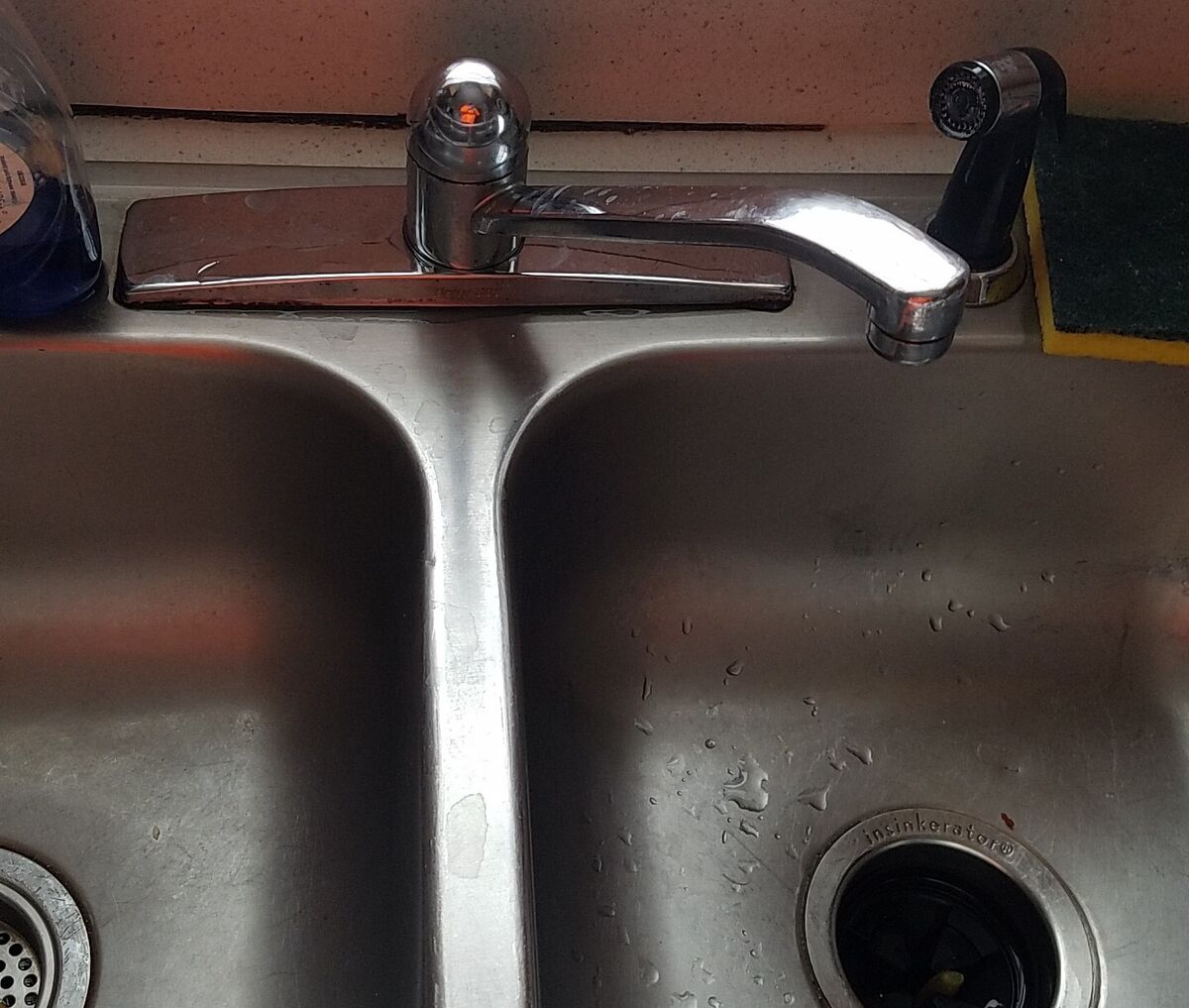
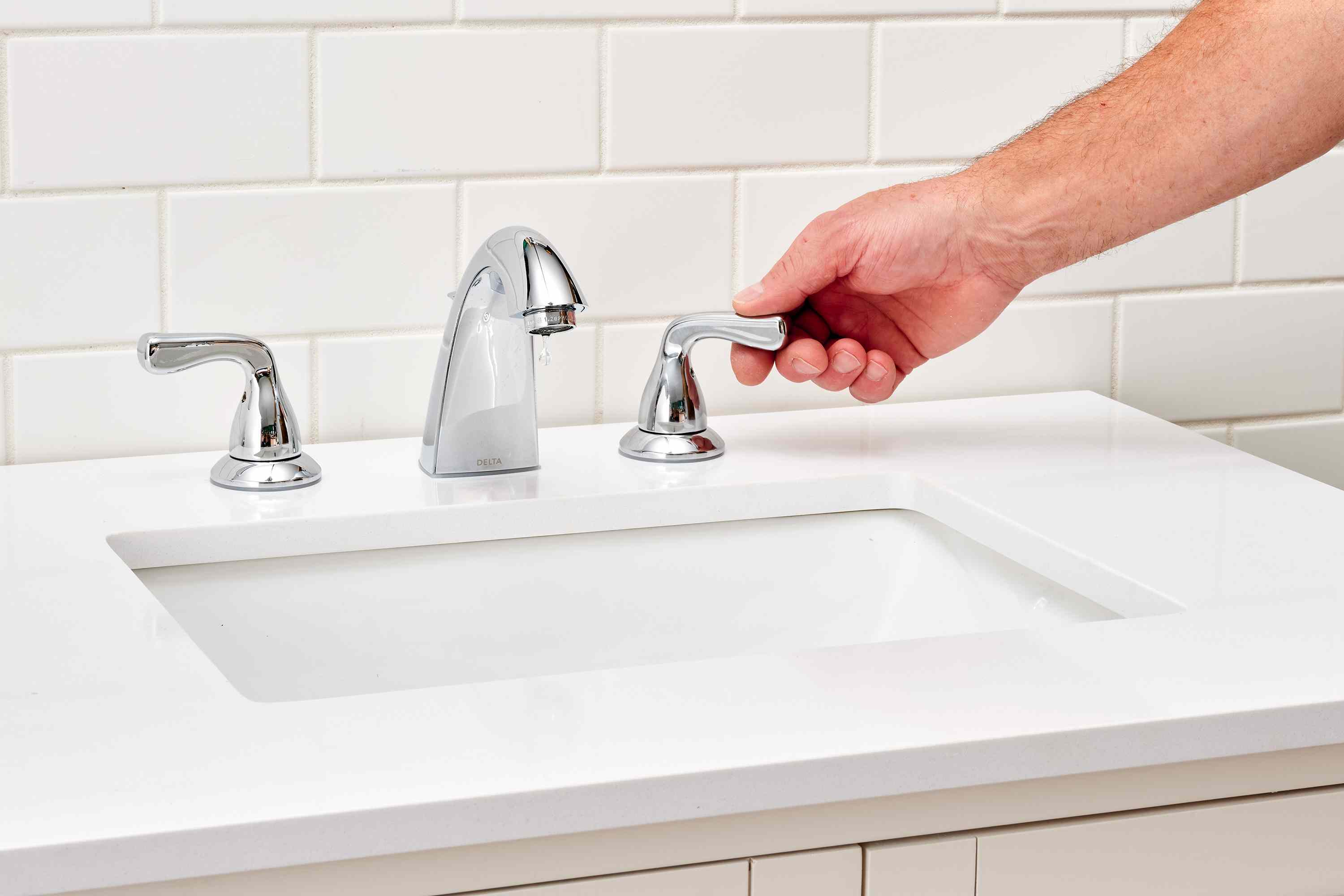
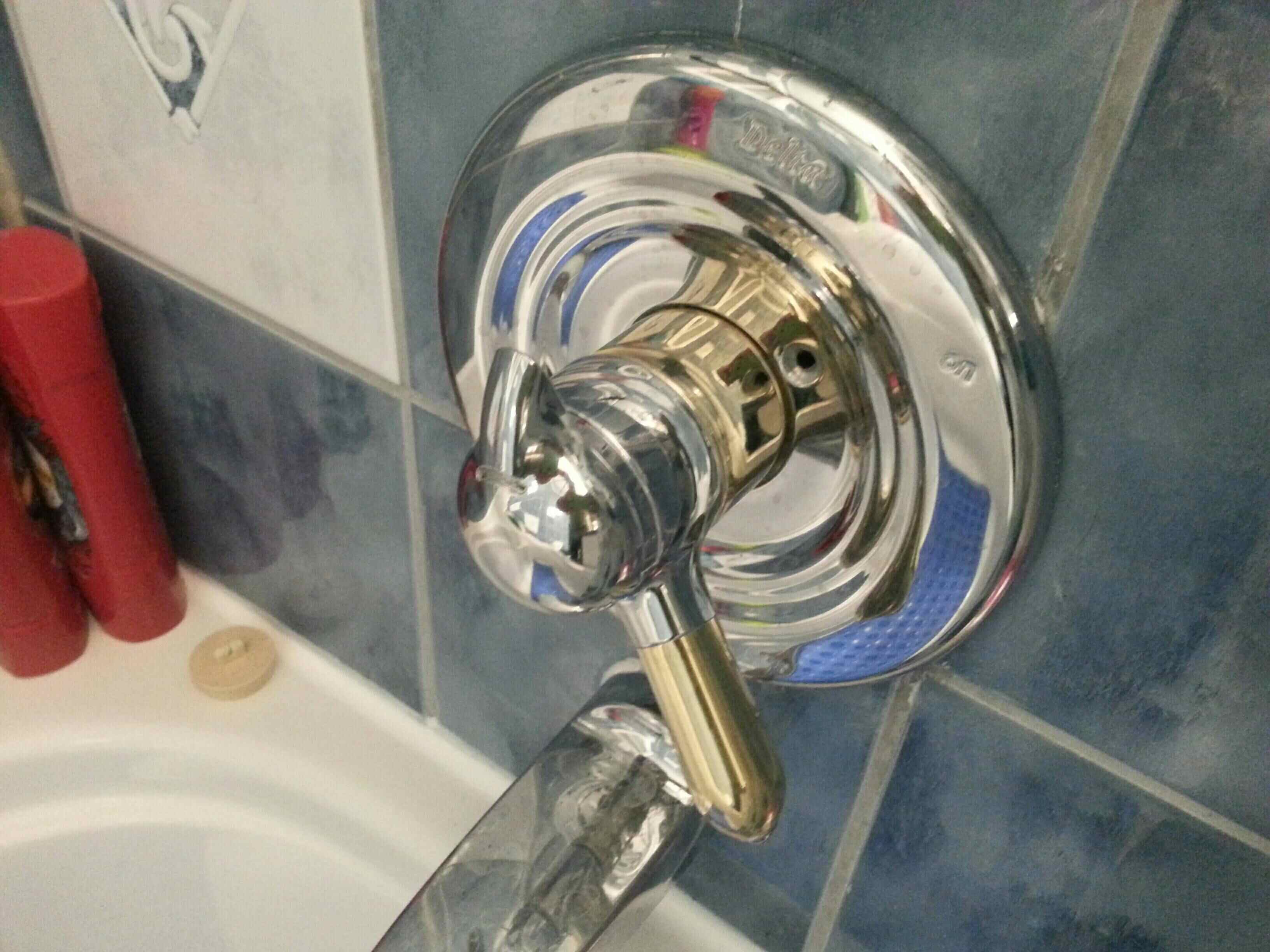
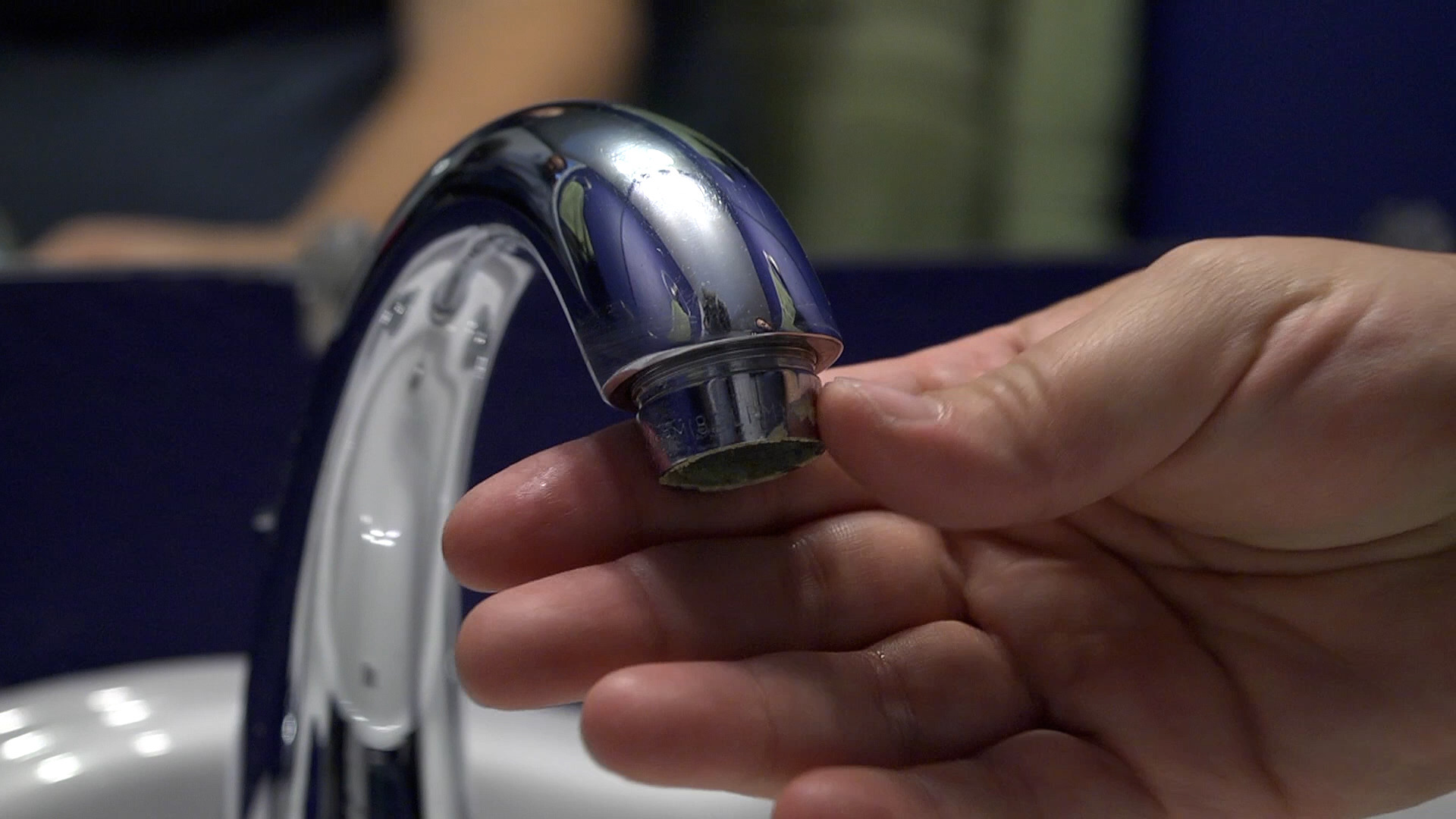
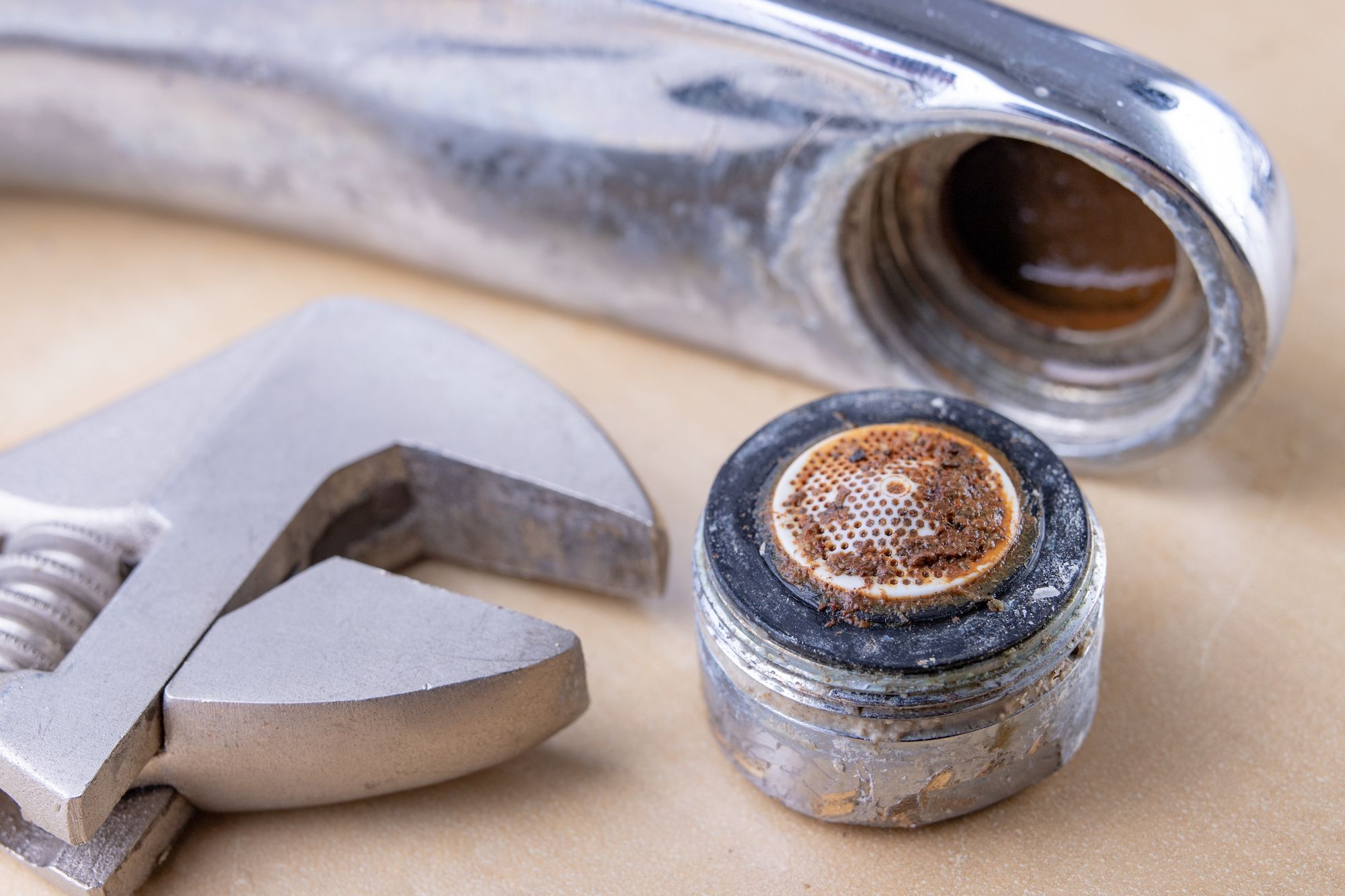
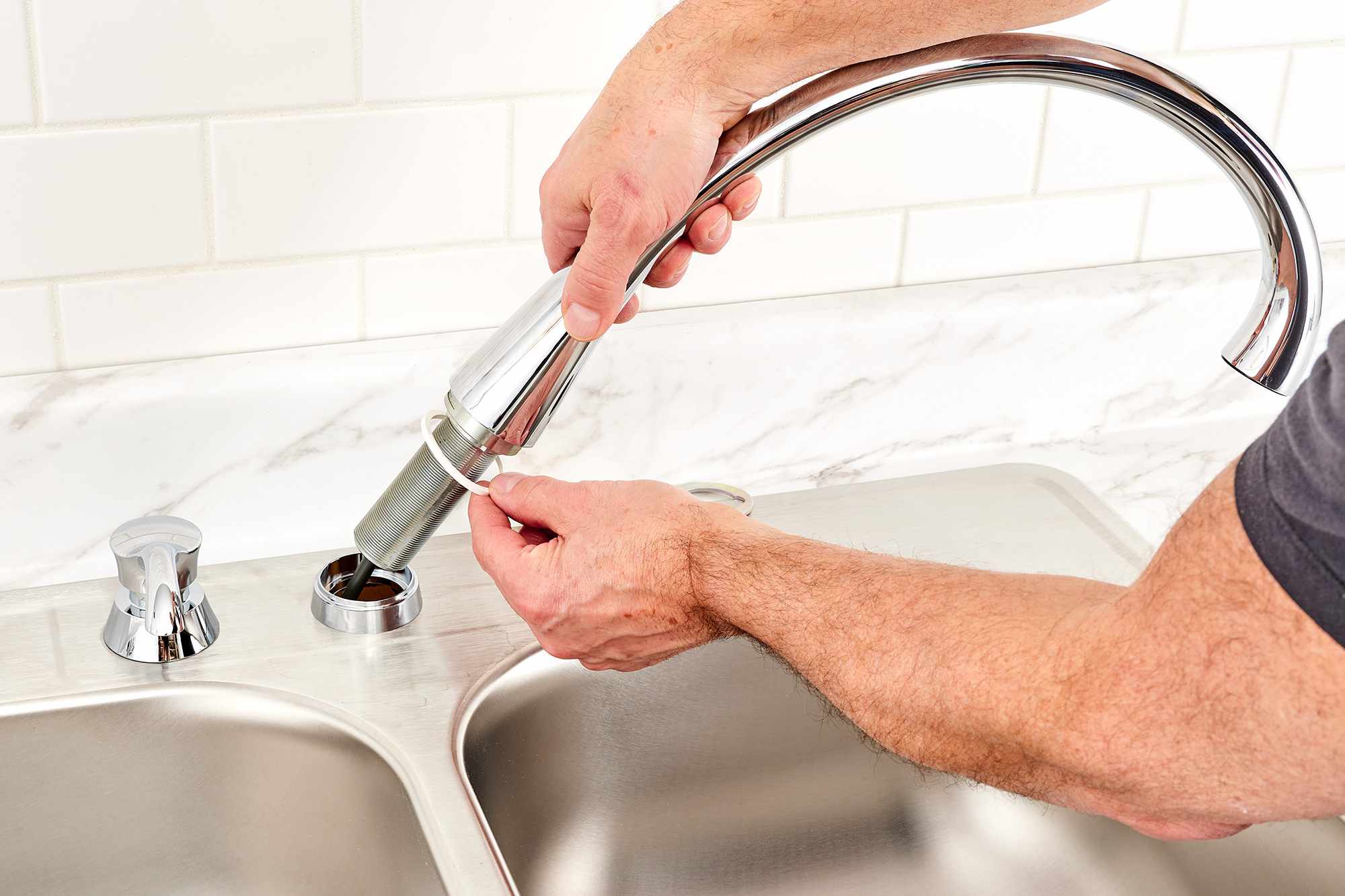
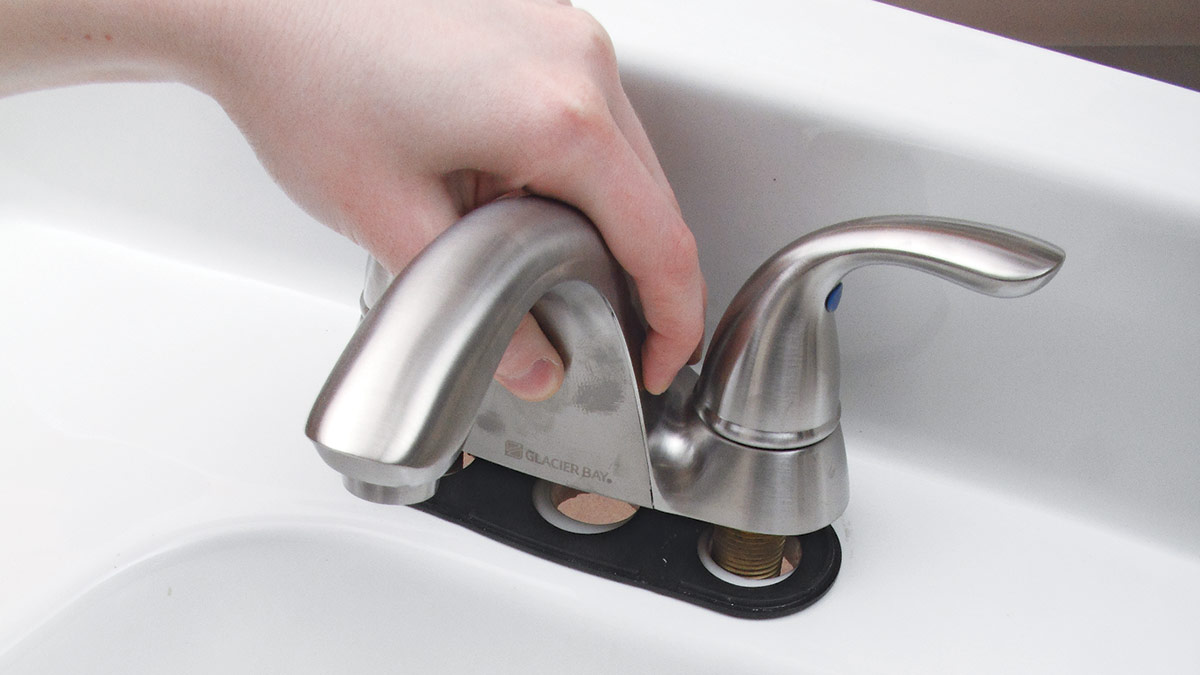
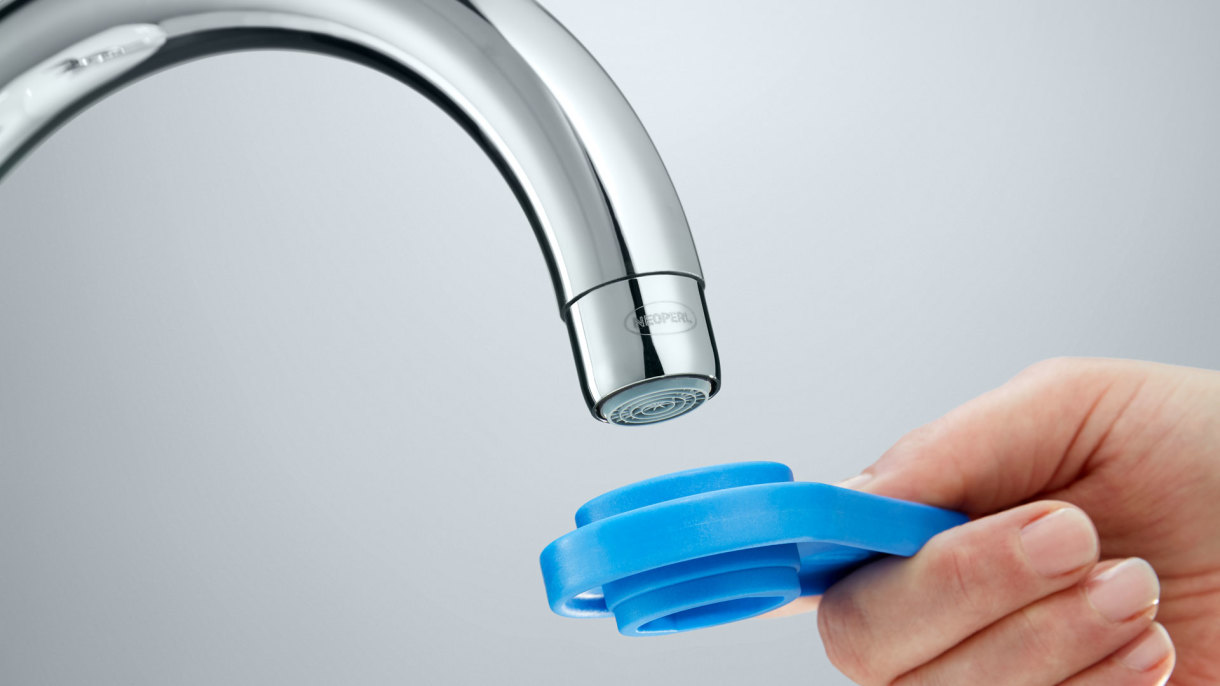

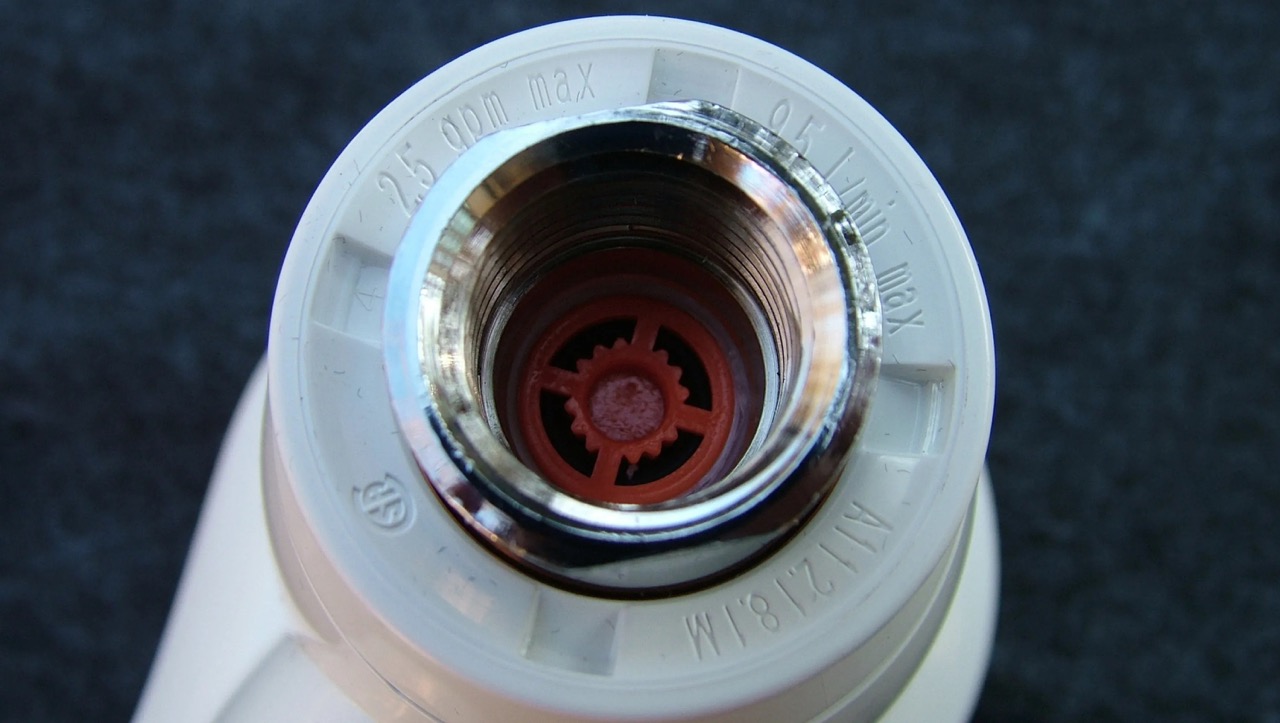
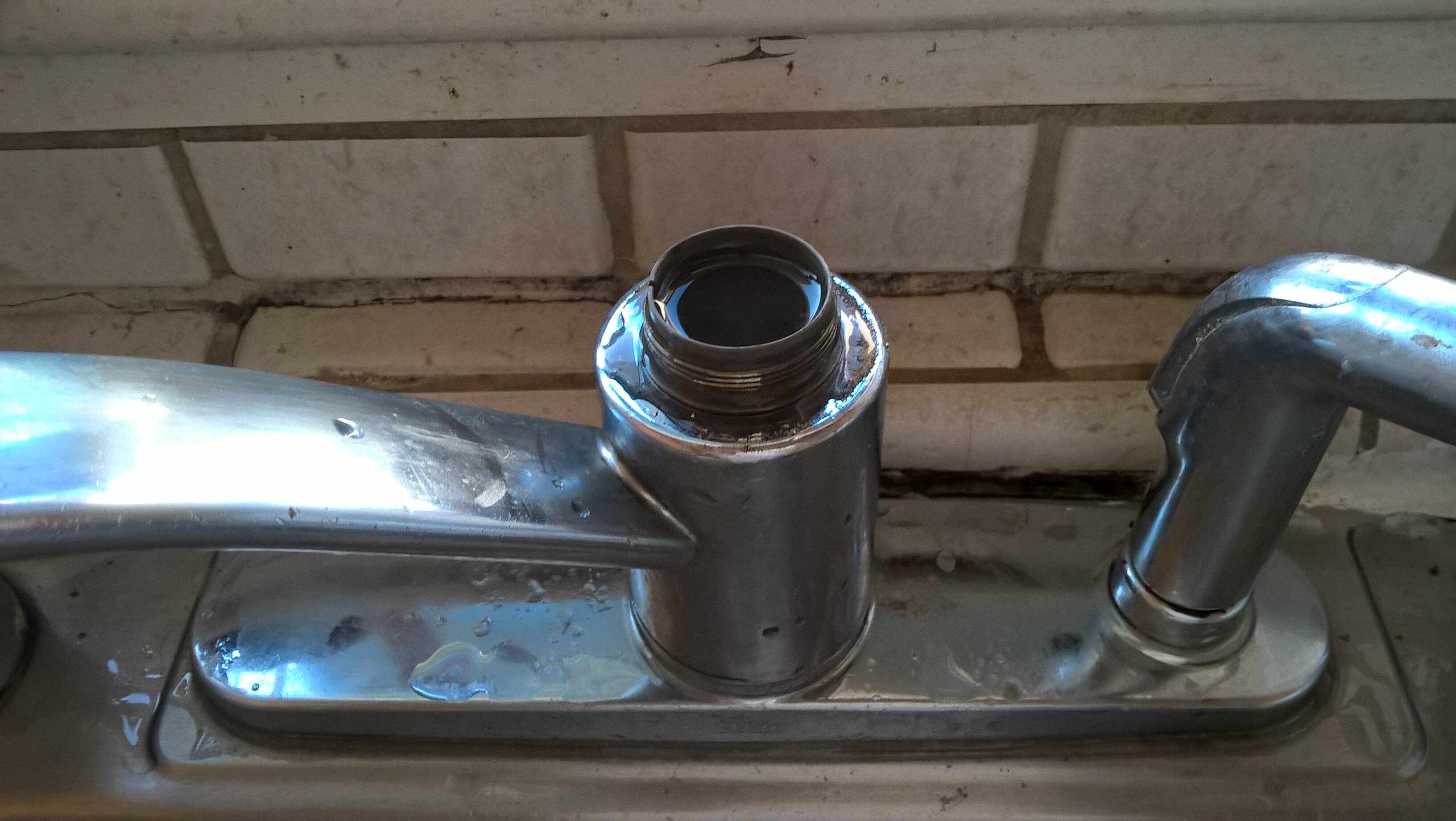
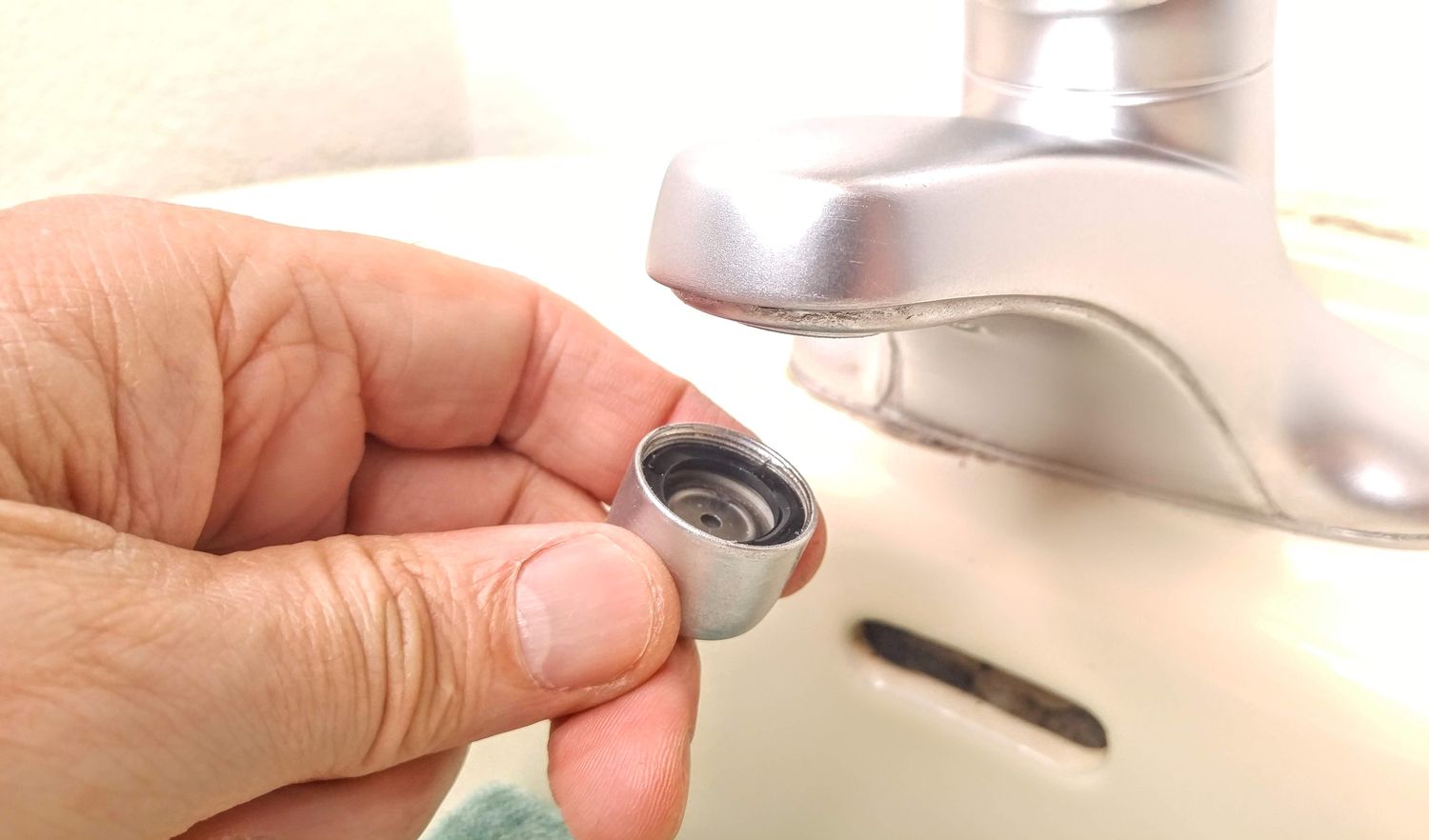
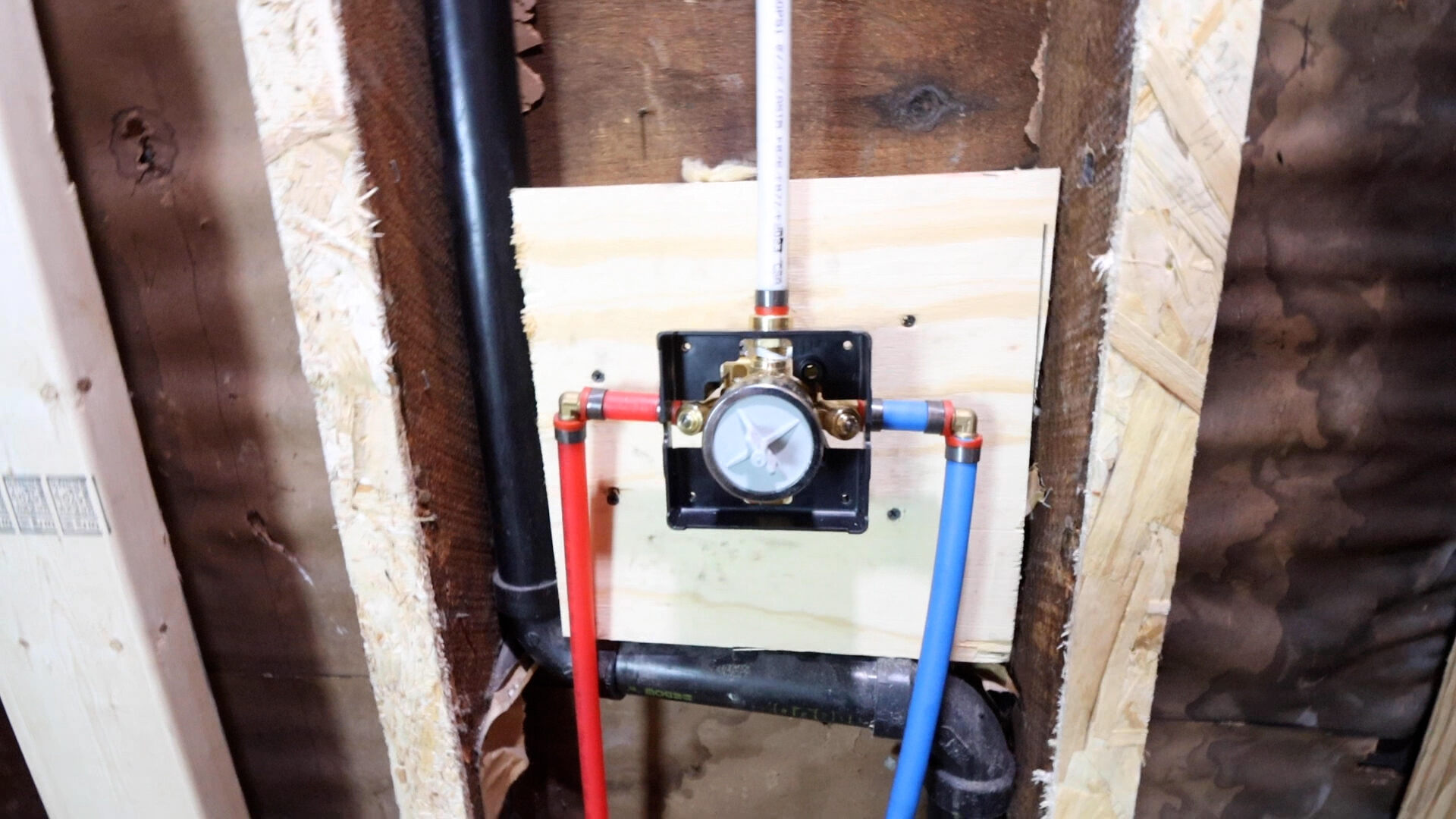

0 thoughts on “How To Remove Aerator From Delta Faucet”